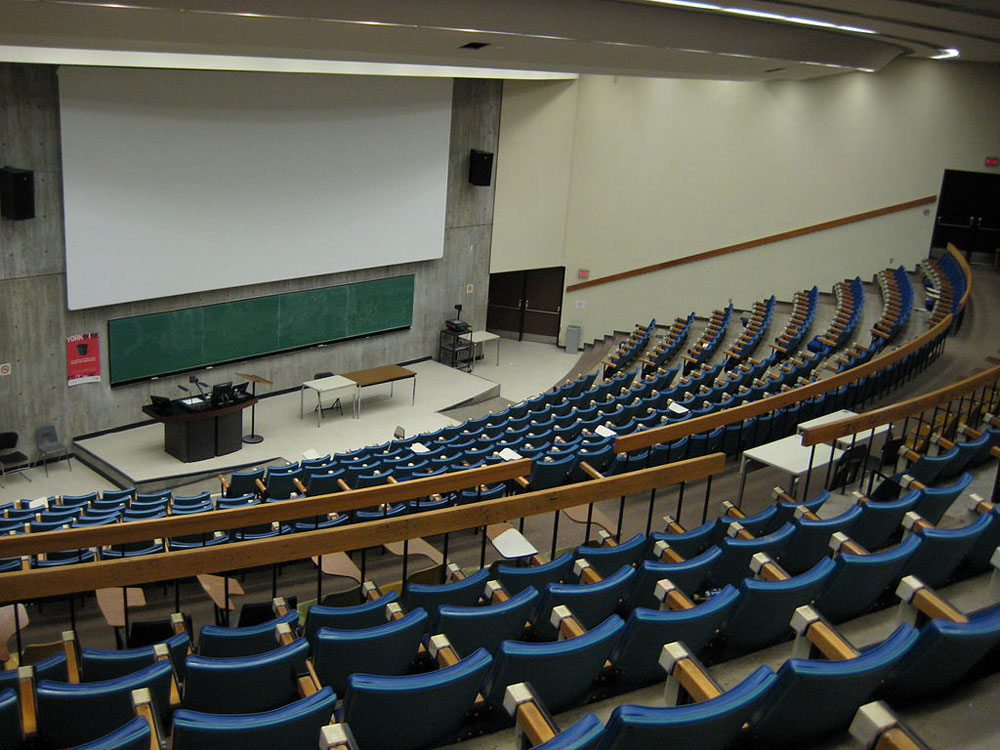
April 15, 2020; New York Times and the Chronicle of Higher Education
When it comes to colleges, COVID-19 has already brought change. As students across the country finish the spring semester online, institutions of higher education have lost millions of dollars.
Besides refunds for housing and meals, there has been a precipitous drop in income from the loss of college sports teams, conferences, and meetings. Endowments are beginning to shrink, and fundraising events have been cancelled. More students will require financial aid, and even now the numbers of international students, who generally pay full tuition, have gone down. Their numbers, especially those from Asia, will drop to almost nothing with the threat that travel restrictions will continue.
Christopher A. Makaroff, the dean of the College of Arts and Science at Miami University in Ohio, sent a memo recently requesting that department chairs revise the fall course schedules. He explained that they need to do “contingency planning” to compensate for economic challenges created by the pandemic, “including but not limited to: refunds of housing and dining fees, costs for study abroad/away recalls, cancellation of study abroad/away and endowment losses.” The memo suggests there could be a 20 percent drop in enrollment and subsequent increases in teaching load for faculty. The faculty were told to anticipate half as many visiting assistant professors—or none at all.
Colleges that had already frozen hiring are now announcing layoffs or furloughs, with more to come. The president of Drew University, MaryAnn Baenninger, used a video message to inform the staff last Sunday that 70 employees would be furloughed to at least the end of May, and a lesser group would be permanently laid off. “I can’t guarantee that some of these furloughs won’t transition to permanent layoffs in the future,” says Baenninger.
The current semester could result in losses of $100 million for some universities. High school students whose senior year has already been irreparably damaged may not want to leave home to go to college, or even start college at all. Some schools are looking at delaying the start of the fall semester in the hope that they can then open in-person classes. It is a big gamble; the longer they wait, the less money they’ll have coming in.
If enrollment drops the predicted 15 percent, the loss of revenue would be up to $23 billion.
“The combination of fear for health and safety and the economic impact at the same time is one that I haven’t experienced, and I don’t think most university leaders have,” said Kent D. Syverud, the chancellor of Syracuse University.
Sign up for our free newsletters
Subscribe to NPQ's newsletters to have our top stories delivered directly to your inbox.
By signing up, you agree to our privacy policy and terms of use, and to receive messages from NPQ and our partners.
“Will families choose to send their kids to college?” he wondered. “Will they choose to not send them or delay them? I just haven’t found anybody who has the best crystal ball to answer it.”
Small colleges were already under financial stress with the decline in school-age population and the rising cost of higher education, which causes prospective students to think twice about the value of taking on crippling debt. Those small colleges will not make it, according to Moody’s Investors Service; in mid-March, they downgraded higher education to negative from stable.
“I think it’s a greater systemic shock” than either the financial crisis of 2008 or the terrorist attacks of 2001, said Susan Fitzgerald, a Moody’s analyst. “We don’t know how long it’s going to go on or the multiple impacts.” Universities like Harvard, with large endowments, have the best chance to be around in the coming years.
The path to get into schools has also changed as SAT and ACT tests have been cancelled, and some colleges, including the enormous University of California system, are not requiring the tests for admission for at least the time being. Administrators of SAT and ACT announced Wednesday that they would create digital tests to take at home.
Schools are trying to increase financial aid to attract students, although it is an uphill climb with shrinking endowments and less donor gifts. Some, like the University of Chicago will keep the costs of housing and tuition flat.
Orientation day, said Richard Ekman, president of the Council of Independent Colleges, “is probably the first time you’re going to know who’s really going to show up. Then, you’ve got to scramble to add faculty or fire faculty or shift faculty. A lot of things that would have been done in a considered way will now in all likelihood be done at the last minute.”
Last month’s stimulus bill provided $14 billion for higher education, with almost half of it going to cash grants for students. The balance only covers one percent of university expenses; college presidents are asking for $46.6 billion in aid in the next bill. Four years down the road, how many of small, liberal colleges will have survived? Will the SAT and ACT tests come back overall, or continue to disappear? Will the number of students graduating that year still be the predicted 15 percent less than the graduating class of 2019? Will institutions take advantage of the opportunity for a metamorphosis in higher education?—Marian Conway













